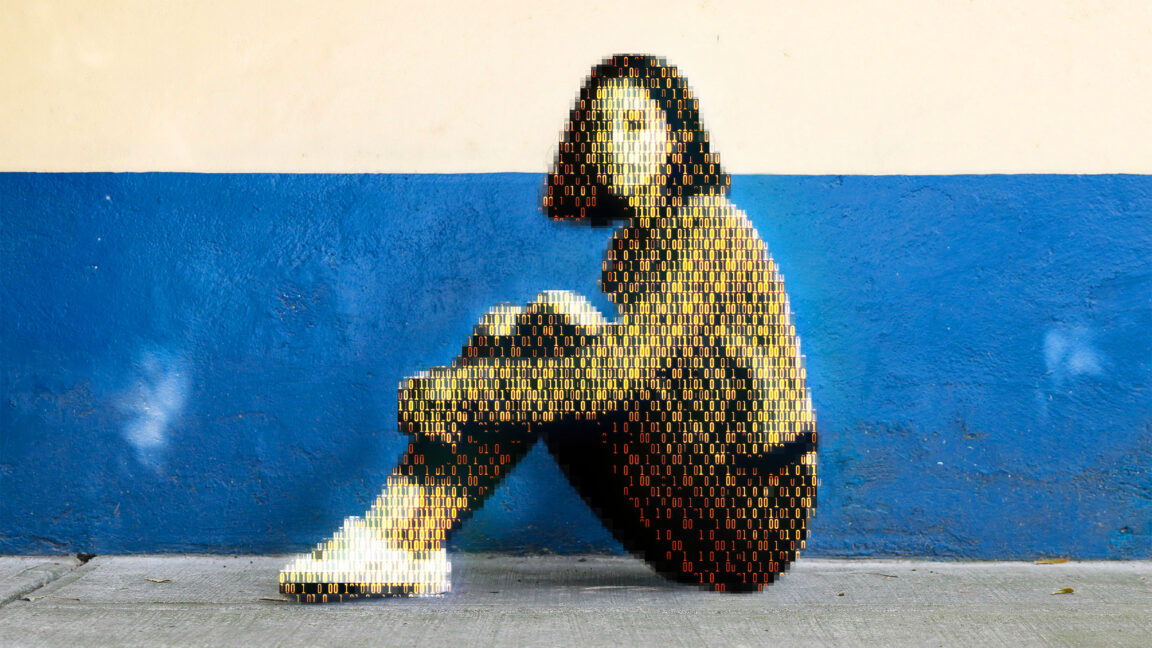- cross-posted to:
- [email protected]
- [email protected]
- cross-posted to:
- [email protected]
- [email protected]
For years, hashing technology has made it possible for platforms to automatically detect known child sexual abuse materials (CSAM) to stop kids from being retraumatized online. However, rapidly detecting new or unknown CSAM remained a bigger challenge for platforms as new victims continued to be victimized. Now, AI may be ready to change that.
Today, a prominent child safety organization, Thorn, in partnership with a leading cloud-based AI solutions provider, Hive, announced the release of an AI model designed to flag unknown CSAM at upload. It’s the earliest use of AI technology striving to expose unreported CSAM at scale.
An expansion of Thorn’s CSAM detection tool, Safer, the new “Predict” feature uses “advanced machine learning (ML) classification models” to “detect new or previously unreported CSAM and child sexual exploitation behavior (CSE), generating a risk score to make human decisions easier and faster.”
The model was trained in part using data from the National Center for Missing and Exploited Children (NCMEC) CyberTipline, relying on real CSAM data to detect patterns in harmful images and videos. Once suspected CSAM is flagged, a human reviewer remains in the loop to ensure oversight. It could potentially be used to probe suspected CSAM rings proliferating online.



Possibly not on its own but that’s not really the issue: Once you have a classifier you can use its judgements to train a generator. PhotoDNA faces the same issue that’s the reason why it’s not available to the general public.